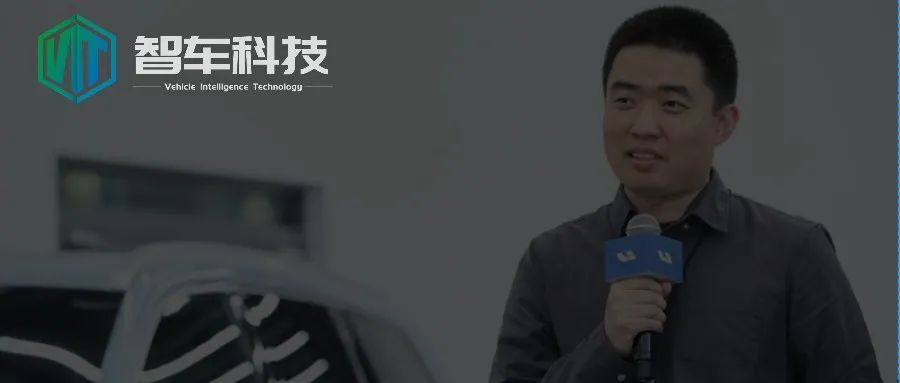Introduction
Recently, Li Xiang pointed out that Tuanche is “likely a fraudulent company,” which is a surprising comment. This is reminiscent of the CEO of Volkswagen China’s previous skepticism of the power-boosting technology of the Ideal One, which has once again made the Ideal Automobile and Li Xiang himself the focus of media attention. As the saying goes, the more friends you have, the more paths you’ll have. Although Ideal Automobile is currently the leader among domestic new energy vehicle companies, with its Ideal One model being the best-selling among new energy vehicle brands, publicly attacking another new energy vehicle company is somewhat unexpected. Does Li Xiang’s skepticism have a basis, and is Tuanche able to succeed in car-making? It’s worth further analysis.
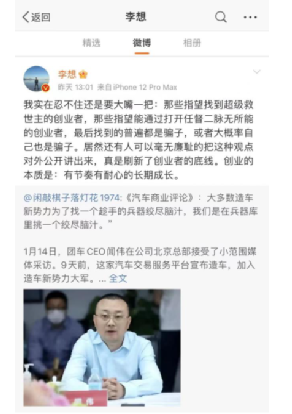
Why does Li Xiang think Tuanche is a fraudulent company?
Li Xiang’s skepticism about Tuanche’s car-making is derived from his previous car-making experience, focussing on the engineering team and the funding for car-making.
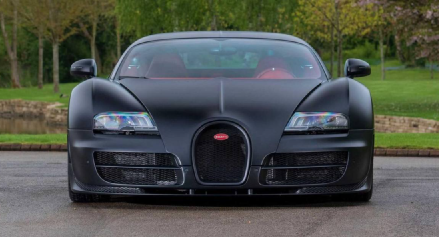
In Tuanche CEO Wen Wei’s plan, the biggest confidence source for car-making comes from a team of over 100 external people. In Wen Wei’s words, this team is capable of everything from planning, engineering development, to intelligent driving and other processes. They can even extend their business from cars costing less than RMB 50,000 to those costing more than RMB 20 million.
Globally, there are few brands and teams capable of creating vehicles costing more than RMB 20 million. Unless Wen Wei acquires a certain ultra-luxury brand, or recruits the leader of that ultra-luxury brand’s planning and manufacturing team, the RMB 20 million threshold alone is highly questionable. In addition, according to our knowledge, RMB 20 million cars and those costing less than RMB 50,000 are completely different projects. A RMB 20 million car requires ultimate luxury experience and a lot of black technology, while a car costing less than RMB 50,000 values extreme cost control. Without a competitive low-cost supply chain, even if a RMB 20 million car can be designed, it is difficult to successfully complete the engineering development of a car costing less than RMB 50,000. This is the most basic common sense in the automotive industry.
 Regarding the investment amount, Wen Wei believes that 50 million US dollars are enough to build a car. However, in the author’s view, this amount is not even enough to build a Mule Car without a hard mold, let alone the hundreds of billions invested by Volkswagen in developing the MEB platform or Geely in developing the SEA architecture. As for advanced autonomous driving or navigation functions, this is even more unthinkable. For a newcomer like Tuandache who has no previous experience in car manufacturing and has not received the support of other major automakers, it is almost impossible to deliver an electric vehicle that has completed engineering development with more than 300 million Chinese yuan.
Regarding the investment amount, Wen Wei believes that 50 million US dollars are enough to build a car. However, in the author’s view, this amount is not even enough to build a Mule Car without a hard mold, let alone the hundreds of billions invested by Volkswagen in developing the MEB platform or Geely in developing the SEA architecture. As for advanced autonomous driving or navigation functions, this is even more unthinkable. For a newcomer like Tuandache who has no previous experience in car manufacturing and has not received the support of other major automakers, it is almost impossible to deliver an electric vehicle that has completed engineering development with more than 300 million Chinese yuan.
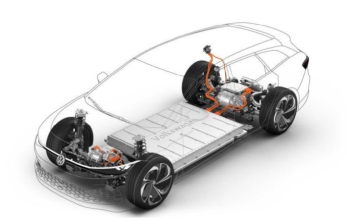
As for the challenge of reducing the production cycle of new energy vehicles from 36 months to 18-24 months, we believe it is even more difficult. Unless the platform has strong scalability, like Volkswagen’s MEB platform, it is difficult to complete the development of a vehicle model from scratch in 2 years. Moreover, for Tuandache, there is not much experience accumulated in car manufacturing. Even if its engineering team has very strong experience, the time challenge is still great.
What should we avoid?
Even from a traditional perspective, it is almost impossible for a team of over 100 people to complete the entire industrial chain of the automotive industry. However, as long as Tuandache adopts market-oriented operation methods to obtain funds, even using its own funds, there will be no problem. After all, in a market economy, anyone can invest in car manufacturing. We believe that capital will make the most sensible and efficient choices.
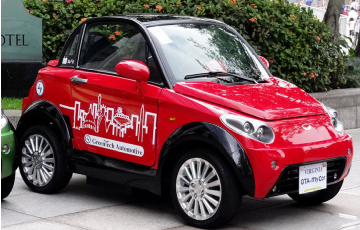
However, if there is government financing or guarantee, or state-owned banks are involved in it, then everything needs to be reconsidered. Once Tuandache’s project progress is not smooth in the later stage, the related losses will inevitably become bad debts of local governments or banks, and ultimately need to be paid by the public. In this field, we have already had many similar cases, the most well-known of which is the dispute between Sitech and the Rugao local government. After investing over 6 billion yuan, the Rugao government only received one elderly-themed car from Sitech, which has been widely questioned.
Does Tuandache have a chance?Looking back on the history of Tuanche, we can see that the company started off by helping consumers get greater discounts from manufacturers when buying a car. We see this as being somewhat similar to Pinduoduo, but this model has nothing to do with car production. Therefore, to actually produce cars, Tuanche still needs to start from the beginning and build up its expertise. Even if Tuanche does have a team with very strong engineering and design capabilities as its CEO claims, there is still a long road ahead to achieve mass production of a car model.
Although the electric vehicle market in China is growing rapidly, it is also highly competitive and the Matthew effect is becoming increasingly evident. Traditional multinational car brand enterprises such as Volkswagen, Toyota, and General Motors, domestic independent brands such as Geely, BYD, and Changan, new players such as Tesla and WeRide, and internet giants such as Baidu, Huawei, and Xiaomi have all invested heavily in the electric vehicle field. Whether it is battery technology, autonomous driving, or intelligent cabin systems, everyone is racking their brains to come up with new innovations. Many weaker automakers are not only struggling to boost sales, but are also finding it increasingly difficult to attract investors. For Tuanche, not only is car manufacturing very difficult, but even if they can produce a single functional car, it will be difficult to succeed without finding a unique selling point and a highly accurate positioning.
Regarding Li Xiang’s challenge to Tuanche, it is just a media-fueled event. Regardless of whether Tuanche can succeed, the difficulty will be greater than the challenges that NIO faced when they started producing cars. We hope to see results in a year or two but we also hope that it won’t be a complete failure.
This article is a translation by ChatGPT of a Chinese report from 42HOW. If you have any questions about it, please email bd@42how.com.
